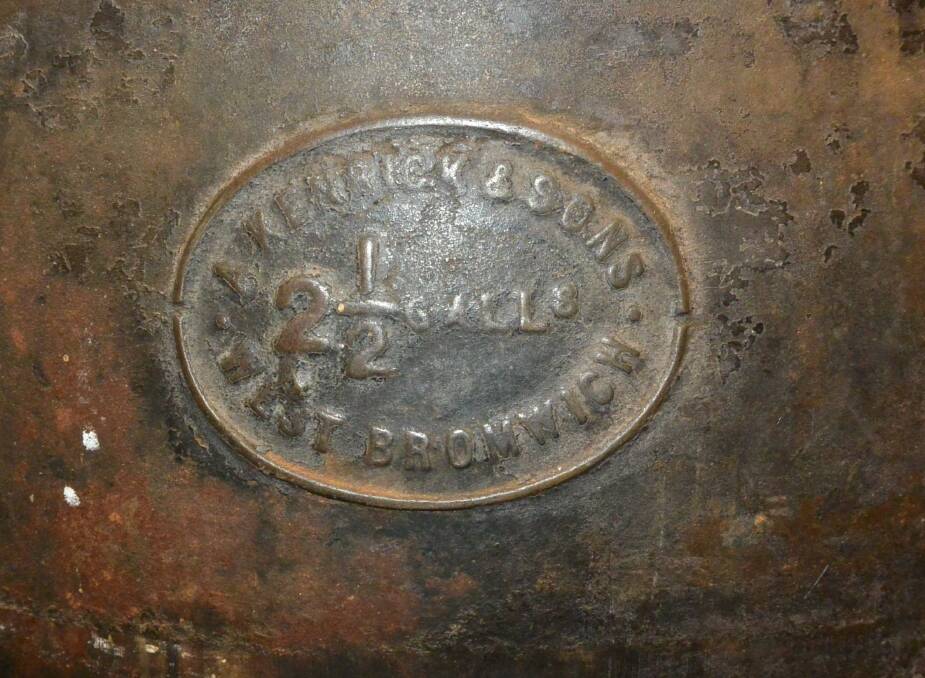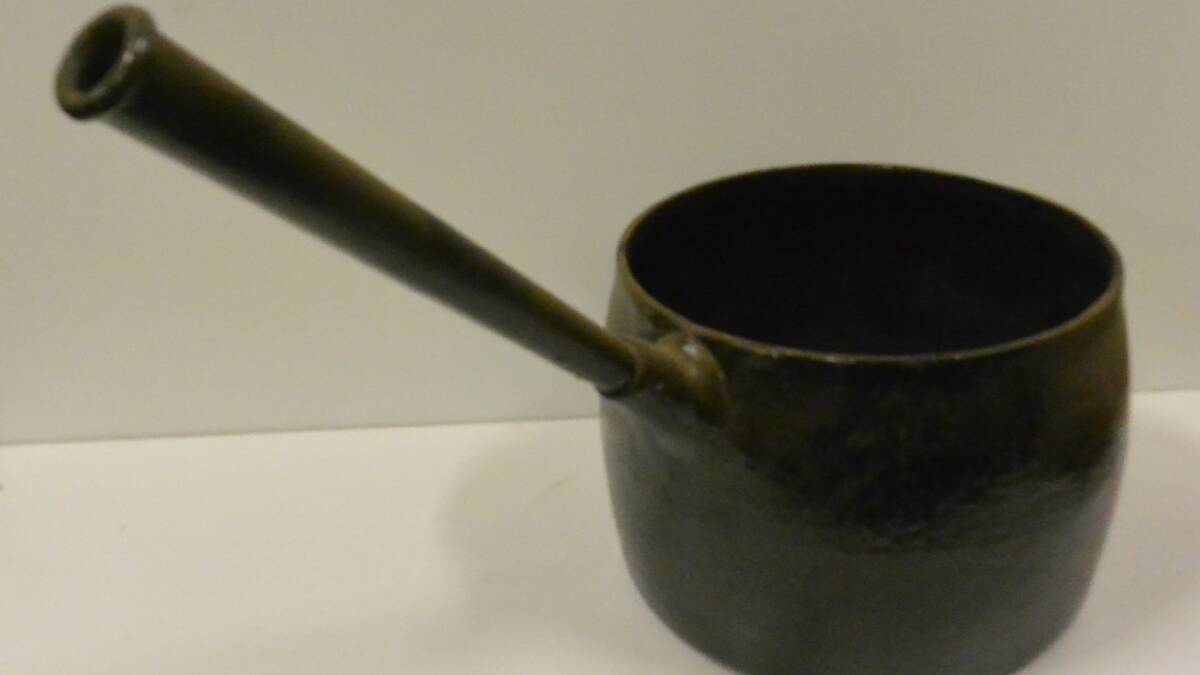The arrival of shoe laces led to change of direction in product.

Continuing with artefacts from the Pioneer exhibit, we have two large, long handled saucepans. One is 12 pints (5 1/2 litres) and the other 2 1/2 gallons (9 1/2 litres). Cast into the side of each saucepan is 'A KENRICK & SONS WEST BROMWICH'. This made finding the history of the saucepan makers much easier.
Subscribe now for unlimited access.
$0/
(min cost $0)
or signup to continue reading
According to the 'West Bromwich Local History Society', Archibald Kenrick moved to Birmingham c1780 at around 20 years of age, and was involved in two buckle making ventures, firstly with distant relative Henry Witton, then Thomas Bolton.
As the arrival of shoe laces led to a drastic reduction in the demand for buckles it was time to turn to something less dependent on fashion so having been apprenticed in the iron trade and being familiar with the processes involved he decided to set up an iron foundry.
'Archibald Kenrick, Ironfounder of West Bromwich' c1791, was set up on leased land which bordered the Birmingham canal. He began by producing cast iron cooking pots and utensils as made by other local ironfounders.
However, he developed and patented a new annealing process and by 1805 he produced hollow-ware with a rim, which proved very popular. Due to the successful innovation of a tramway into the ovens which saved time and heat, the firm rapidly expanded. As John Izon had done before him, Archibald built houses for rent to a few key workmen and the area locally was known as Kenrick village.
The cast-iron hollow-ware products included saucepans, kettles, round and oval pots, box irons and coffee grinders. On display, (when we re-open) is a Kenrick hand mincer. The 'oddwork' and builders' ironmongery included hinges, door knockers, handles, bell pulls, moletraps, castors, lavatory fittings and garden furniture etc.
Sales of articles for civilian consumption fell drastically at the outbreak of war in 1914 and again in 1939 but the slack in production capacity was soon taken up by munitions contracts. During the Second World War the company manufactured seven million hand grenades and 1.5 million 2-inch mortar bombs to aid the war effort.
1965 saw the end of Kenrick's as an iron-founder as die cast products now accounted for 80 per cent of output. The company was now described technically as zinc alloy die-casters and generally as hardware manufacturers.
Apparently, large saucepans were traditionally never washed, but just wiped around after use. This makes sense when you feel the weight in these items. Be sure to come along a visit the museum when we re-open to enjoy our new exhibits and revamped older displays.
Visit Us in the Future:
Monday- Friday from 9am to 4pm. Saturday and Sunday 9am to 4.30pm.


